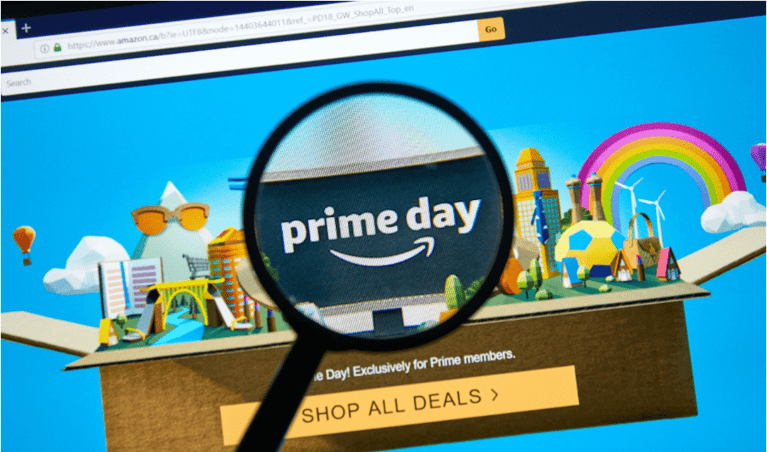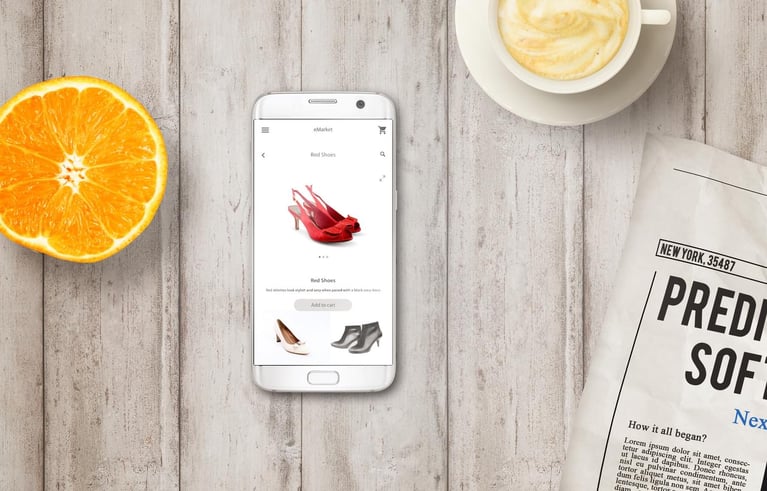As Prime Day 2024 ends, it is once again time for the onslaught of recaps, observations, criticisms and celebrations. Who predicted what? Was anything fundamentally different? Who won Prime Day? There has already been plenty of banter among industry leaders with an “I told you so,” “I have been saying this since...” or “Could have guessed that.” And yet, we all flock to read those recaps expecting to find something different, nod in agreement or scoff in disagreement. Why? Is the expectation that radically new information will evolve? What should we really be thinking about post-Prime?
Let us level set on why the industry cares about Prime Day. It is not just because it drives single-day sales. The reality is that Amazon changed the retail landscape with Prime Day, and it will continue to be a key tentpole for the near future. The value we should be placing on Prime Day is unique to each business – a value that can only be realized with a proper short- and long-term strategy appropriate for the desired business goals.
Since Prime Day strategies are not one size fits all, here are the things we consider as we consult and execute for our clients:
Shopping and retail behavior change at scale
There has been meaningful behavior change since the inception of Prime Day. If you have been around Amazon for a while, you will remember that despite posting positive sales results, the first Prime Day was blasted for being the event where everyone bought [insert random item] because it was on sale. Fast forward to when thousands of new households were proud owners of Instant Pots and DNA test kits. However, as the event diversified via category breadth and depth, shopping and retailer behavior change came with it. The behavior, which is trained by now (just look at YoY sales comps), is being reinforced through marketing efforts from Amazon, big sales events across retail, and brand promotional spend.
We hypothesized that shoppers deal hunt and pause spending pre-Prime to wait for the best deals (regardless of channel). According to data published by eMarketer + Skai, 62% of online shoppers surveyed stated that they will research deals ahead of the event, and 48% noted they will wait for specific deals. When we conducted our own analysis of daily sales YoY, we saw a decline in our customer base as well. This year not only did we have the pre-Prime slump, but the Independence Day Holiday weekend in 2024 contributed to more deceleration on average daily sales with a slower bounce back than we have seen in previous years as Prime Day was approaching. Meanwhile, we observed more reinforcement of FOMO and deal shopping, with two major things standing out. It seemed like Amazon began promoting Prime Day earlier even though the public release came out around the same time as 2023. Maybe those of us in the industry are acutely aware of how present the Prime Day advertising was every time we opened the app. It was evident that Amazon employed a ‘browse and hold’ strategy for invite-only deals on Prime Day. This approach conveyed to shoppers that they should request access to the deal and refrain from making a purchase until they received it, to avoid missing out on the best possible offer.
The list of things to unpack around this evolution is endless, but here are three areas we believe are important along with questions one should be asking to define how to execute:
- Define expectations for what Amazon Prime Day means for your annual targets. If you cannot make up the volume elsewhere, you need to revisit your plan. Was your plan built on historical sales growth or a target the company needs to hit to maintain critical business metrics? What is the expectation for new customers? Is Prime Day the means to the end or the driver of opportunity?
- Have a clear Pre / During / Post Media Strategy. Are you wasting spend if you know conversion rates typically decline pre-Prime? Or are you comfortable with potentially pre-seeding the basket?
- Diversify your retail strategy. How do you think about using your retail network to drive continuous sales beyond Amazon, where behavior may be less sensitive (particularly DTC)? Does this contribute to making all tides rise?
Balancing short term and long-term gains
Prime Day is expensive. However, because it has become a top sales performance window (for all retail), organizations must weigh the costs and benefits of participating or not participating. Participation means spending to buy volume. However, it is an opportunity for a brand to drive immediate returns, improve its best seller rank and benefit both the short-term and long-term. It is offensive and defensive and can be done in a way that does not carelessly give away the entire portfolio. While we often recommend enabling promotions on most of a portfolio, media can be appropriately allocated in a way that drives the KPIs a brand is trying to optimize toward, and you can benefit from diversifying your sales portfolio as well.
On the other hand, one of the risks of not participating is that a brand loses the opportunity to capture not only active buying intent but also win new customers in exploratory shopping mindsets (and with various price sensitivity.) This can be a lost opportunity in the long term, especially in categories like beauty, which have a higher propensity to test out new brands and products rather than exhibiting loyalty. Even if some of those customers churn over time, lowering the barrier to entry can lead to stronger new-to-brand metrics and improve LTV through exposure to more of your portfolio. You might even find yourself spending more over time climbing the organic rank again since those who invested heavily and drove quick turn sales may surpass your brand, at least for a while.
Each business needs to consider what will be best for them in the long term, but to simplify:
- Short term: Drive short-term sales to disproportionally impact longer-term organic performance through improving rank and feeding the flywheel. This can lead to longer-term flexibility in campaign performance and free up media dollars to invest and win in competitive and category targeting, taking a lift from organic performance that is stronger than it was before. Short-term revenue gains can also be reinvested back into new initiatives that were previously budget-constrained.
- Long term: Focus on long-term growth and avoid the risk of creating a discount-led brand that trains its consumer base to buy on promo. Balancing advertising spend on Prime Day when others overspend their budget can extend your budget longevity when competition might be at risk of pulling back. This also creates a sales model that does not completely break if Prime Day underperforms.
Too much of a good thing can be a bad thing…or a good thing
Beware of the pitfall of preemptive celebration. Although everyone wants to celebrate a big sales number with a double high five, successful promotions can do more harm than good. If a business has not properly factored in incremental costs between promotional spend and dollars as it relates to Amazon fees and COGS, it will quickly find itself with an upside-down P&L. Short-term celebrations will turn into channel profitability concerns, sometimes to the tune of having a significant business impact to a company’s financials beyond Amazon. We have seen this happen firsthand and now reinforce profit measures with clients to ensure everyone is looking at it comprehensively.
The other risk of having a wildly successful Prime Day is that a brand risks buying its customers out of future purchases, thereby extending the purchase cycle, and losing sales at higher margin. Among our client base, we typically see average units / order increase 3-10% (pending category) during Prime Day, which can have a long-standing impact on products that tend to have a longer purchase cycle already. While this poses a threat, our team has not experienced a material negative near to mid-term sales impact across our client base. Sales have exhibited short term dips but typically rebound within a week post Prime Day.
It is not all doom and gloom. A successful Prime Day creates an opportunity to reconnect with both shoppers who purchased and did not purchase from a brand on Prime Day. Through media targeting and audience-specific promotions, such as cart abandoners, there’s now more opportunity to drive loyalty or recoup a subset of would-be buyers. In our experience, even more micro holiday shopping periods have benefitted from re-engaging post-event. Retargeting cart abandoners with tailored promotions has effectively driven sales for our clients, though it is difficult to identify if they are truly incremental.
So how does one balance the good and the bad?
- Promote the proper assortment. Using promotions to focus on profitable items to draw shoppers into your brand can help balance the risks and benefits of promotion. If you are working with a partner, transparency about COGS is a necessity to ensure a proper promotional strategy is in place.
- Set boundaries on spending and keep decisions in check. Avoid the desire to be so topline-focused that you lose sight of overall profitability, especially if your margins are already slim.
- Do not waste the post-event audience opportunity. Lean into the ability to convert engaged buyers into higher traffic and sales.
It is easy to look at key tentpole events at face value (a big, discounted sales event), but what you should be doing is going under the surface and defining if and why you are participating balanced against short- and long-term business objectives. One does not need to over-analyze or over-engineer what Prime Day is; simply focus on why and how to manage it.
By the numbers: Cart.com client Prime Day recap

To learn more about Cart.com's marketplace services, contact our team today.
Subscribe to our emails for the latest industry insights!
By entering your email, you agree to receive marketing emails from Cart.com





